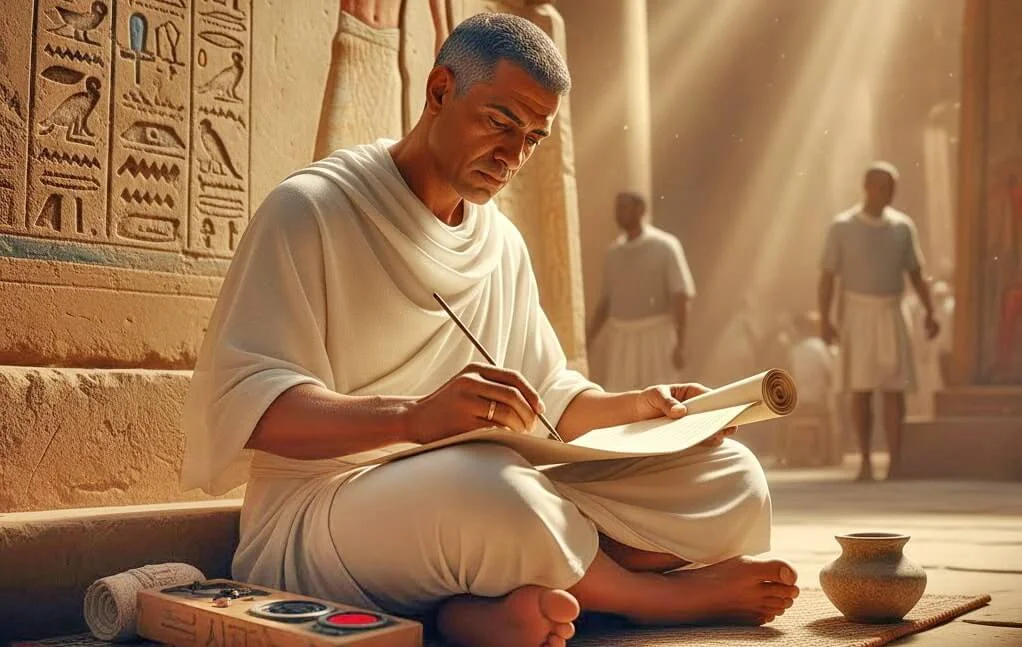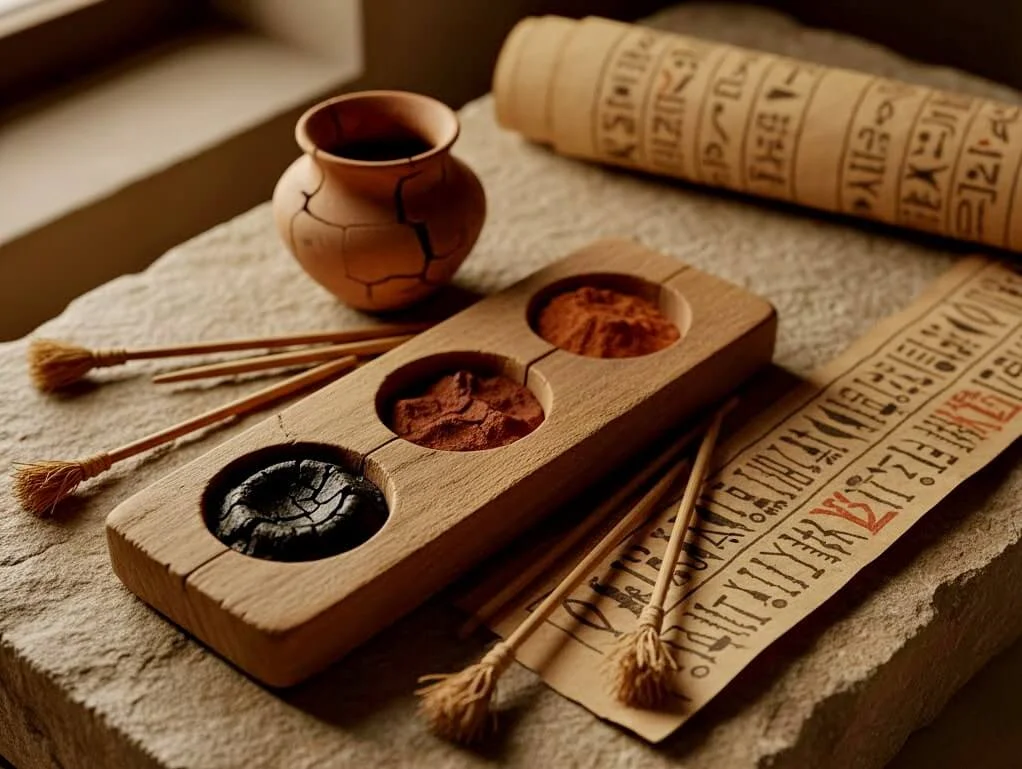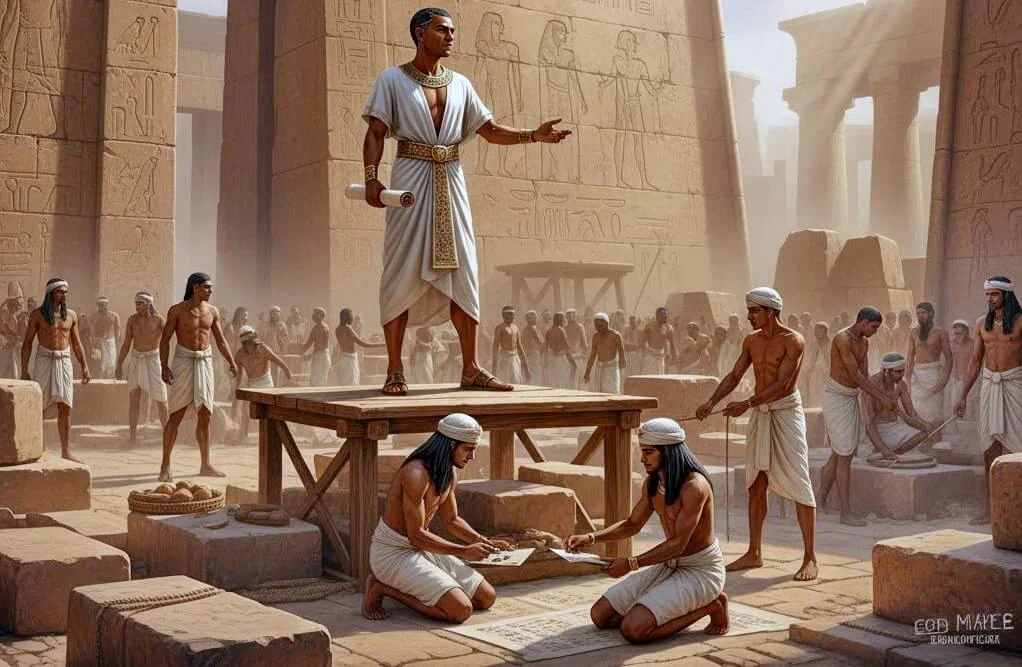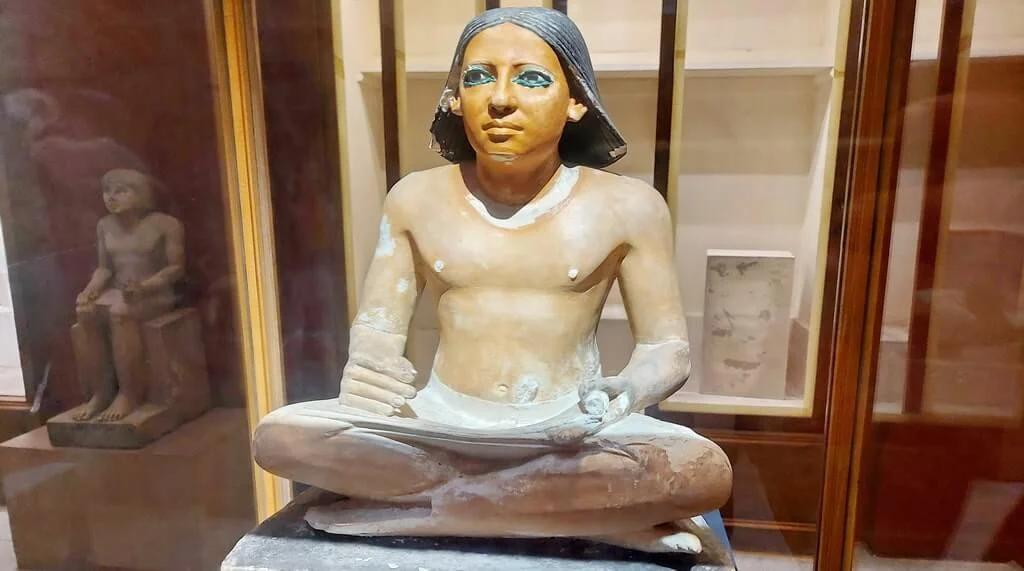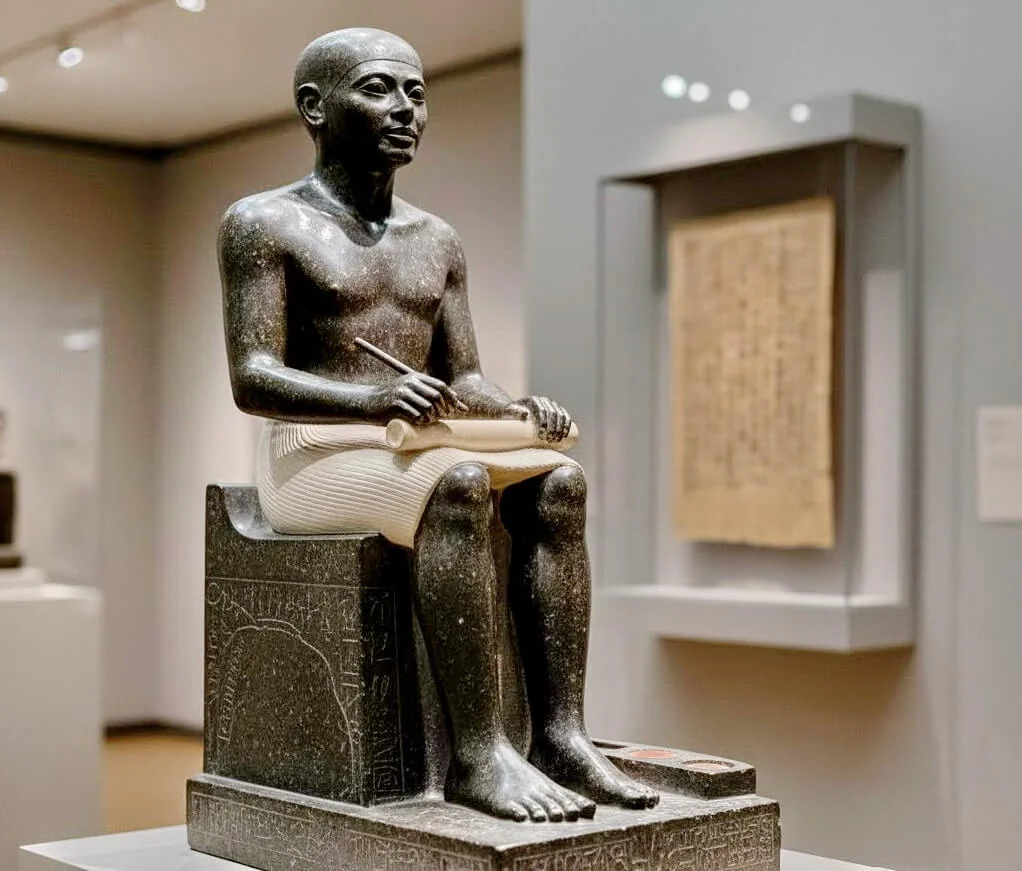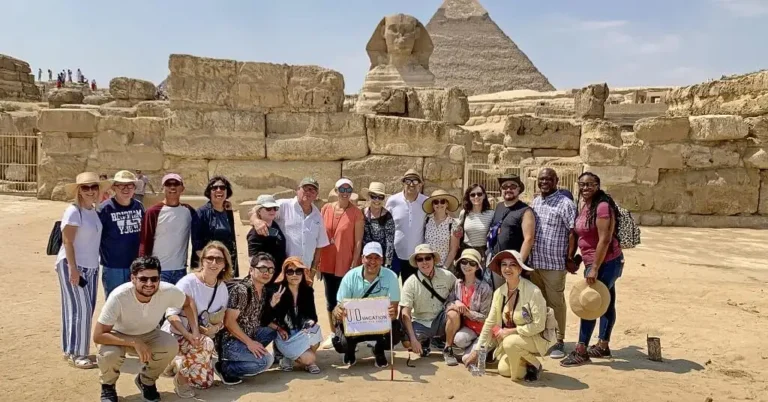In a society where only a tiny elite could read and write, the Ancient Egyptian Scribe was the indispensable engine that powered the vast machinery of the pharaoh’s administration. More than just a copyist, the scribe was the keeper of knowledge, the tax collector, the architect, and the historian—a revered figure whose literacy granted him privilege, power, and a guaranteed path to a good life. Explore the unique training, essential tools, and high social status that defined the life of Egypt’s most vital professional class.
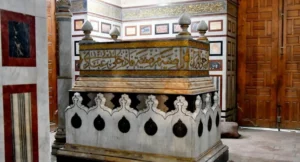
Highly recommended
Salam, This company is very responsive and accommodating. From the moment we started to chat via email, to the moment we left Egypt at the airport, these fellows were very professional. The tour covered most of what we wanted to see! We customized it to our needs and added some

